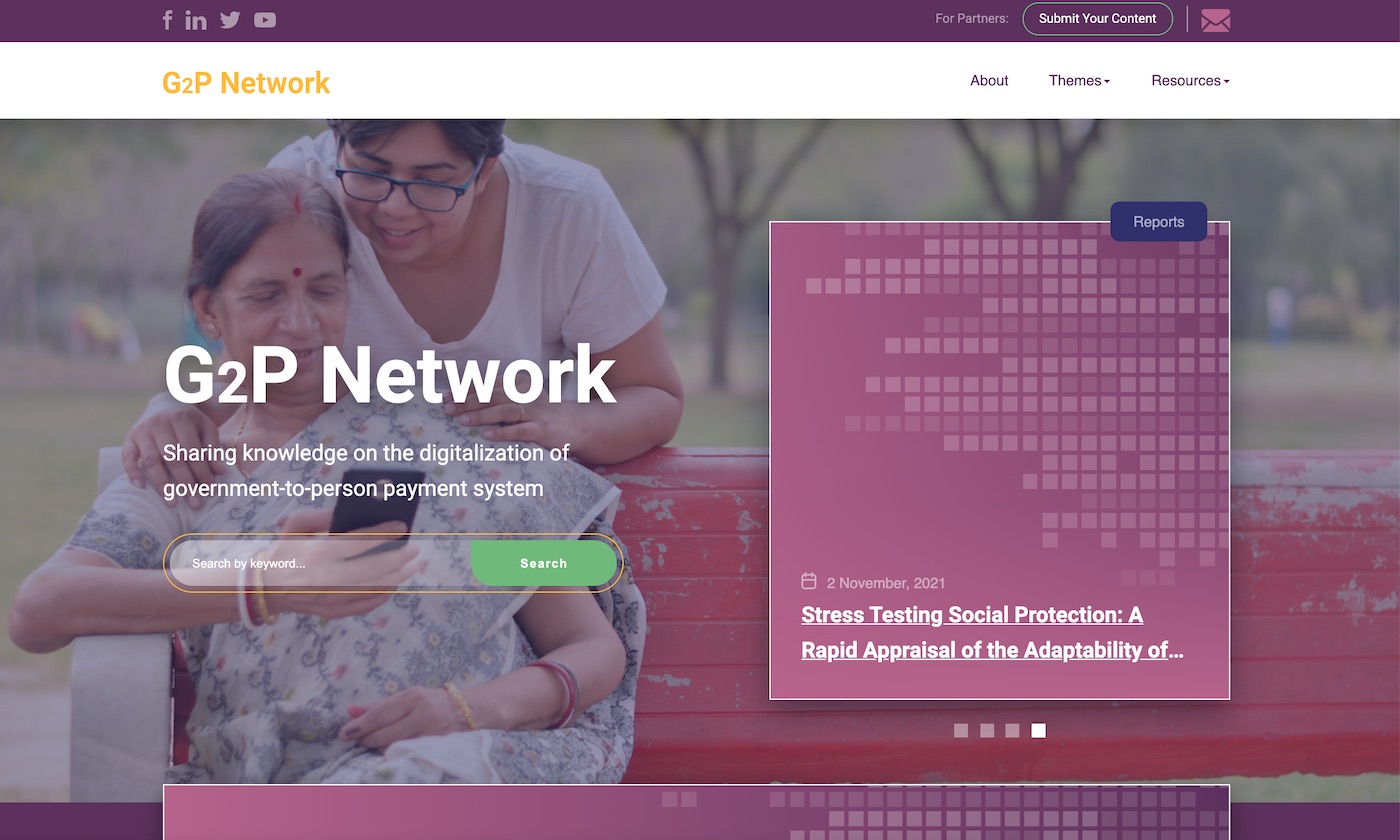Just by saying the word “Rohingya” last week in Myanmar, President Obama entered the fray of a decades-long struggle for rights among the Muslim minority group in Myanmar. The Myanmar government would prefer that others not use the word; a 1982 law there classifies all Rohingya as “Bengalis,” despite the fact that most of the 1.3 million Rohingya living in Myanmar have never lived in Bangladesh, let alone emigrated from there.
The Rohingya crisis is escalating. The increased pressure, intimidation, and violence have led to a growing exodus from the region. Myanmar has issued an ultimatum to the Rohingya: They can qualify for citizenship if they are able to prove that their family has lived in Myanmar for more than 60 years. If they cannot, they face deportation. This law would likely render the vast majority of these people as stateless, joining the ranks of the 10 million stateless people all over the world today, according to UNHCR estimates.
Statelessness is certainly a human rights issue. It is also a development issue, and donors and multilaterals should acknowledge it as such, especially in funding legal identity or civil registration programs in developing countries.
What it means to be stateless
Not having a legal citizenship deprives people of legal identity. They cannot travel easily or participate in economic activities or social programs as others can. Today, 27 countries deny women the right to pass their citizenship on to their children. This means those born to a mother with valid citizenship will nonetheless remain stateless if their father is stateless, causing chains of statelessness that span generations.
By definition, the stateless have no legal claims to recognition or services from the governments of the countries that they live in. Their only formal agency lies in the ability of international groups such as UNHCR to identify stateless populations, to prevent new cases of statelessness from occurring, to provide some legal protection to the stateless, and to reduce the prevalence of statelessness as an international phenomenon. The 1954 Convention relating to the Status of Stateless Persons sets minimum standards of treatment for the stateless. They are entitled to the same rights as citizens with respect to freedom of religion and education, and are to enjoy the same treatment as non-nationals when it comes to employment, housing, and the right of association. The 1961 Convention on the Reduction of Statelessness focuses on breaking the cycle of statelessness at birth by requiring states to grant citizenship to children born on their territory or born to their nationals abroad. It also prohibits the withdrawal of citizenship from nationals if doing so would result in statelessness. To date, the 1954 convention has 85 signatories and the 1961 convention only 61.
Mixed progress across countries
The key factor for ending statelessness is political will from countries themselves, and some have made progress in recent years. Since signing on in 2013 to the UN conventions noted above, Côte d’Ivoire simplified its process for naturalization, allowing many of the 700,000 stateless people there to gain citizenship. Similarly, a 2008 High Court ruling in Bangladesh caused 300,000 stateless Urdu speakers to be recognized as citizens.
Yet, many countries continue to withhold citizenship from long-time resident populations, resulting in statelessness. There have been dangerous precedents set in countries such as the Dominican Republic, where steps toward consolidating national identity through the provision of national ID cards have included in a constitutional court ruling that stripped de facto citizenship from tens of thousands of Dominicans of Haitian descent.
The role of donors
Solutions can be relatively low-cost and reforms can be simple. On November 4, UNHCR launched a 10-year campaign to end statelessness, called “I Belong.” UNHCR’s increased budget for statelessness aims to enact actions such as ramping up birth registration for the stateless, pushing countries to grant citizenship to the children of stateless parents, and eliminating discrimination based on gender or ethnicity when it comes to citizenship. Often, these changes can go hand in hand with existing efforts to ramp up legal identity for citizens. An organized international effort to pressure governments is the best shot at success.
Our research suggests that donors support at least half of all projects that deal with identification in developing countries and that they can play an important role in UNHCR’s “I Belong” campaign. The process of tightening up national identification systems in many developing countries should serve as a platform to engage the stateless populations as well (see our forthcoming CGD policy paper on the spread of national ID systems). UNHCR’s 10 Actions to end statelessness highlight the importance of ensuring birth registration, nationality documentation, and improving quantitative and qualitative data on stateless populations. An inclusive approach toward these groups should be high on donors’ priorities in order to ensure that countries’ civil registration infrastructure does not marginalize the most vulnerable. Inclusive systems are not only important from a human-rights perspective: they are also central to effective and capable governance and to enabling governments to benefit from the “Data Revolution” to help guide and monitor development programs and progress. Even as donors provide technical and financial assistance to strengthen civil registration and identification systems, they should encourage their client countries to ratify the Conventions in support of the goal of providing legal identity to all.
Disclaimer
CGD blog posts reflect the views of the authors, drawing on prior research and experience in their areas of expertise. CGD is a nonpartisan, independent organization and does not take institutional positions.





